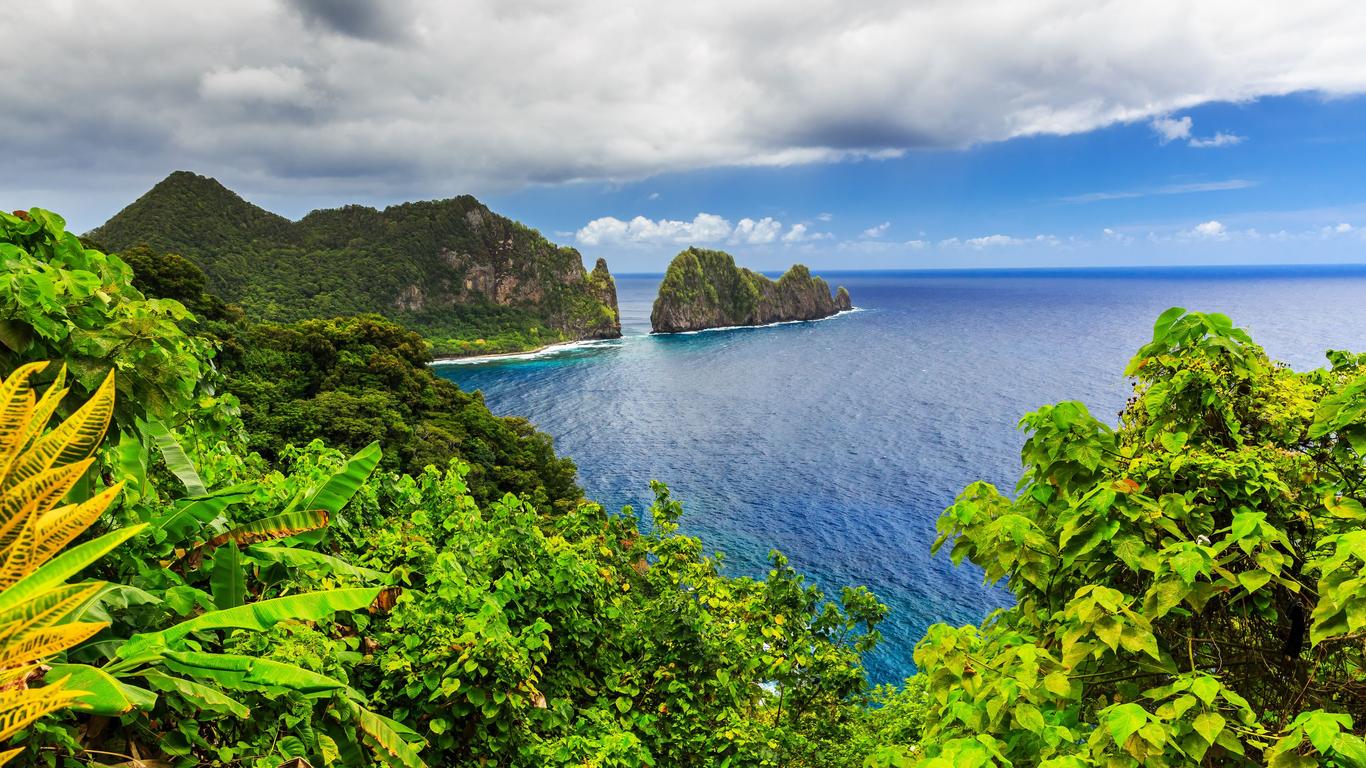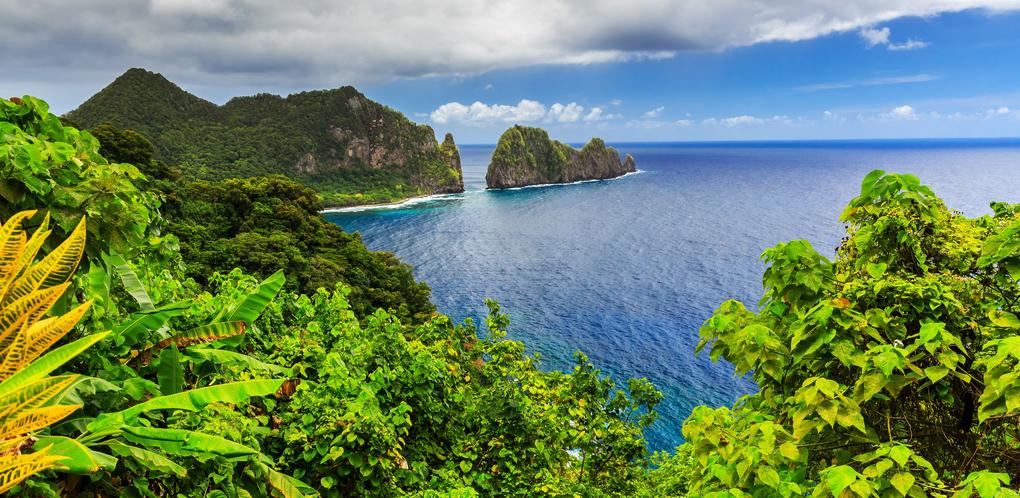
Samoa travel guide
Samoa Tourism | Samoa Guide
You're Going to Love Samoa
An island paradise that is filled with the opportunity for adventure, Samoa is a mixture of natural beauty, welcoming people and a vibrant culture that truly embodies the Samoan way of life.

What to do in Samoa
1. Walk in the Rainforest
O Le Pupu-Pue National Park on the island of Upolu is one of the best examples of Samoan rainforest. Starting on the southern coast of the island, walk on one of the tracks into the mountains in the interior of the island and look out for the many species of birds living in the trees.
2. Relax on the Beach
Lalomanu Beach in Upolu has the perfect combination of white sand and azure seas that teem with tropical fish that can be seen while snorkeling through the clear water.
3. Explore Apia
The capital of Samoa is a small bustling town that has a variety of things to see and do. Visit the Somoa Cultural Village and taste the local food or go to the Robert Louis Stevenson Museum. Don't miss Marketi Fou to get a taste of the Samoan way of life in this vibrant market.
4. Visit Savai'i
Savai'i is an island renowned for its tranquil atmosphere and the fact that it gives visitors a glimpse into the Samoan way of life. Visit the waterfalls and caves, or stroll along the beach, taking advantage of swimming, kayaking and snorkeling activities.
5. Go Wreck Diving
Just off the coast of Savai'i is the wreck of a ship called Juno, which went down in 1881 and is now a popular dive site where coral and fish that have made the wreck their home abound.
When to visit Samoa
Samoa has a warm, tropical climate with the dry season from May to October – the most popular time to visit. Temperatures in the dry season can reach highs of 86°F with lows around 75°F.
How to Get to Samoa
Entry requirements
It is not necessary to obtain a visa to enter Samoa for a period of 60 days but visitors will need to hold a valid return or onward ticket.
Plane
Faleolo Airport is the main entry hub into Samoa with international routes run by airlines such as Samoa Airways, Air New Zealand, Virgin Samoa and Fiji Airways.
Boat
Cruise ships from Australasia, the US and Europe stop at Apia on the island of Upolu. There is also a ferry link run by the Samoa Shipping Corporation that links Samoa with American Samoa.
Popular airports in Samoa
Popular airlines serving Samoa
Where to stay in Samoa
Accommodation in Samoa ranges from luxury resorts to beachfront huts, known as fale. There is a wide range of hotels, from upmarket boutique and retreat hotels to standard and budget accommodation in smaller, privately owned properties.
Where to stay in popular areas of Samoa
Most booked hotels in Samoa
How to Get Around Samoa
Public Transportation
Local transport takes the form of a bus service, which exists on all the islands. Taxis can be used in Upolu for taking trips around the island and it is advisable to use taxis for shorter trips and to have the exact change on hand if possible.
Boats
Ferry services operate between the two larger islands of Upolu and Savai'I, while smaller ferries travel to Manono Island.
Bus
Public bus services transport people around the island. There are no official stops on the routes, so it is necessary to wave them down and then clap loudly when wanting to get off the bus.
Car
Rent a car from international agencies at Faleolo Airport and explore the islands by road. It is important to check that the car can be taken on the ferry to other islands.
Plane
Domestic charter flights are operated by Samoa Air between the islands of Upolu and Savai'i.
The Cost of Living in Samoa
The cost of living for visitors is fairly reasonable. For grocery shopping, expect to pay around 18.90 WST (6.90 USD) for a gallon of milk and a dozen eggs. Eating at restaurants is likely to be cheaper than eating in with prices of around 15 WST (5.50 USD) per person to eat in a less expensive restaurant. Major credit cards, such as Visa, Mastercard and American Express, are accepted in the larger hotels, restaurants and stores and ATMs can be found in Apia and on the island of Savai'i. It is a good idea to take cash when traveling outside these areas.